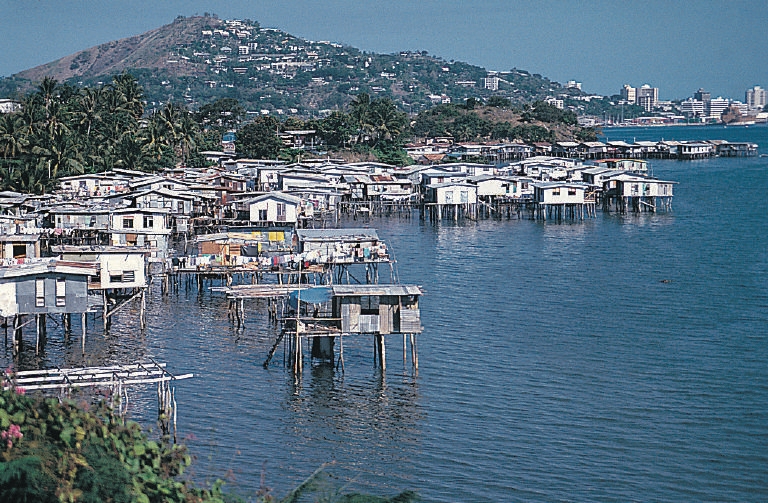
The tropical islands are home to a unique variety of wildlife, active volcanoes, massive mountains, deep rainforests and pristine coral reefs. Complementing the amazing natural beauty area plethora of colorful cultural festivals.
Located just north of Australia in the southwest Pacific Ocean, this small nation has a long and rich history. Archaeologists have discovered human remains dating to fifty-thousand years ago. It's believed to be one of the first landmasses inhabited by ancient people.
With more than eight-hundred and fifty traditional clans, this small country is one of the most culturally diverse on the planet. The Papuans are descended from the original inhabitants who arrived tens of thousands of years ago. Many reside in remote, closed communities and only rarely have interactions with others. Less than four-thousand years ago, the ancestors of the Austronesians began arriving and settling in the islands. Since then, many Chinese, European, Polynesians, Filipinos and others have also migrated to the fertile lands.
There are more than eight-hundred native dialects among a population of nearly seven million. However, the government has designated three as official. English is the primary language of education and politics, but it is not widely spoken. Tok Pisin, also known as Melanasian pidgin, is more commonly used by natives. In southern regions, Hiri Motu is frequently used.
One of the most interesting annual events is the crocodile festival. Hosted in the Sepik region, it honors the reptile's revered status in folklore. Sharing a special bond with man, the powerful creature is admired and celebrated during the two-day affair of traditional song and dance. Tourists are welcome to attend. However advance planning is necessary due to limited accommodations and transportation.
Since 1964, the Mount Hagen festival has honored the cultural history of more than fifty local tribes. Held in mid-August, the two-day event features traditional song and dance, and an agricultural fair. Tourists are welcome to join the celebration and experience the area's rich heritage.
Beginning in the 1950s, the Goroka Show has featured more than 100 highland tribal groups. Held in mid-September, it's one of the country's most well-known events. During the weekend celebration, the natives display a variety of elaborate tribal rituals. Visitors are welcome to attend the event.
Each October in Lae, officials host the Morobe exhibition. It honors the cultural, industrial, agricultural and commercial heritage of the province. Captivating traditional displays are performed. Also, local experts disseminate literature relating to crop cultivation, breeding techniques and disease prevention. This interesting cultural event is also open to visitors from around the world.
At Port Moresby, the Hiri Moale festival is hosted. Literally meaning, happy return of voyage, the event recognizes, celebrates and perpetuates the region's fascinating coastal heritage. Events take place amid huge trading canoes and stilt houses. It's held in September, and centers on the renewal of ancient ocean voyages. Tourists are welcome.
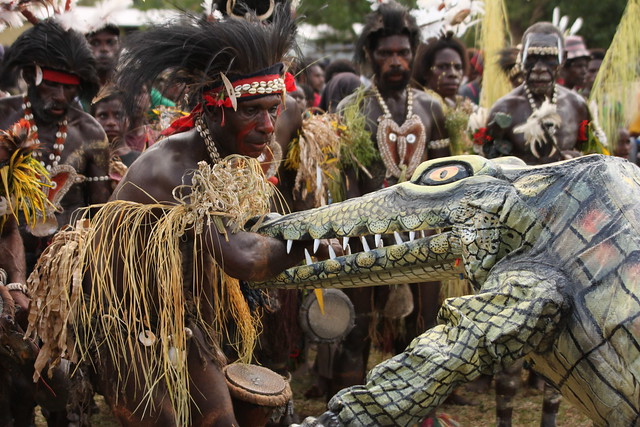
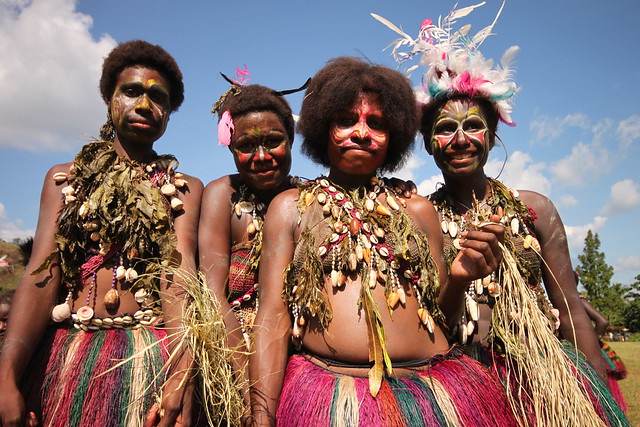
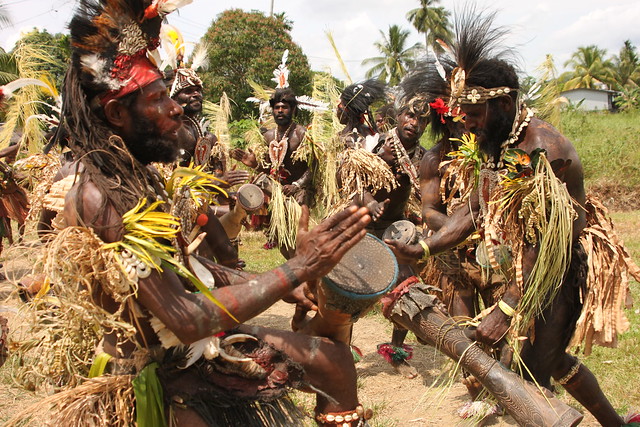
the crocodile festival


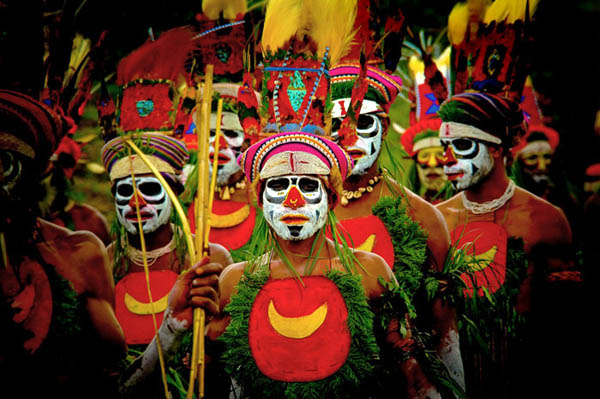
the Mount Hagen festival

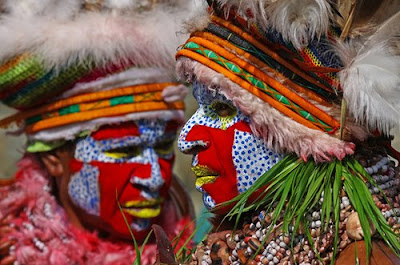

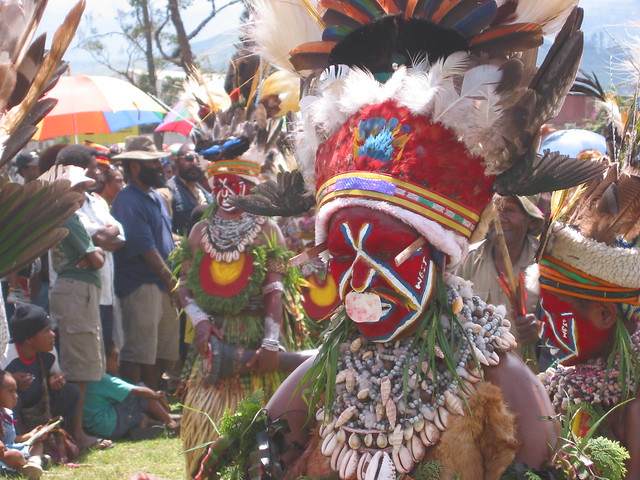


the Goroka Show

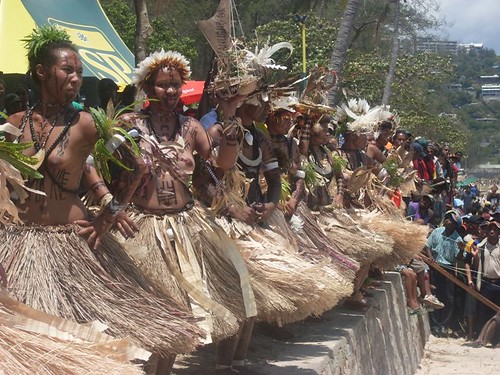

the Hiri Moale festival







0 comments:
Post a Comment